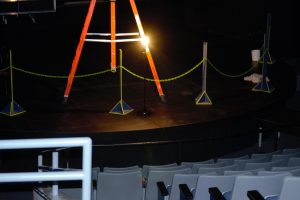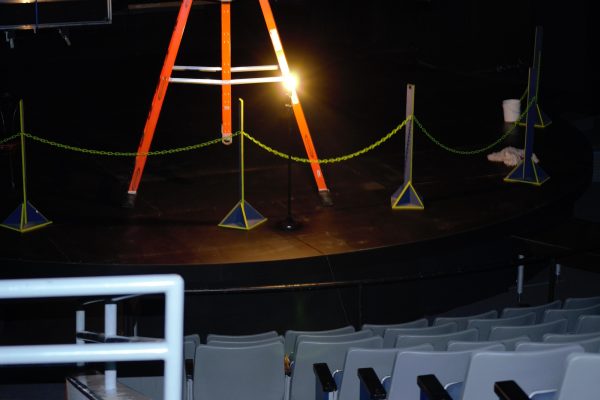Residency at home
Teaching, nursing students adapt to COVID-19 pressures
June 10, 2020
At Seattle Pacific University, as well as countrywide, students in programs such as nursing, education and more are only able to be certified to practice after they have taken a year of practical courses — an “internship year” — which places them in the environment they are preparing to work in.
With schools closing and healthcare changing drastically, as well as the cancelation of in-person classes at Seattle Pacific University, students who should have been doing their residencies, taking their residency exams and consulting with their departments at SPU have seen a drastic change to the last step in their plan.

For student teachers, this change affects their certification exams as well as the process of learning to teach.
Education professor Jennifer Norton explained that, in most cases, responsibility is released slowly from mentor teacher to student teacher, and spring quarter is the final step in that process.
“By spring quarter they should be full time teaching, really the class is their responsibility and the mentor teacher is there supporting them … that experience went away for all of our interns,” Norton said.
On the practical level, SPU student teachers may still be able to graduate despite being short on internship hours or exams.
Teacher education programs across the state will be allowing students to graduate with their certification in modified ways, such as “emergency certification” which enables students to be certified to teach until they are able to take their exams, if their university or program decides they are qualified to do so.
These students have several exams to take which now must be worked around, such as NES endorsement area exams and the EdTPA, which requires interns to film themselves teaching students.
“Part of the EdTPA requirement is that you film yourself teaching students, there has to be this live interaction between the two,” explained Norton. “So students do all this planning for their EdTPA, they write their lesson plan, they plan for their students, they differentiate their planning … and that all went away.”
The remote learning format that elementary and middle schools are using is forcing student teachers to adapt with their classrooms, and Norton says this challenge is also providing an opportunity for the interns to learn.
“Some are checking in with students, some are helping teachers prepare materials, so almost across the board our interns are still plugged in, ” Norton said.
“In this time of remote learning, there’s equity issues all around, and it’s important for our interns to step in and see the issues that are there, but also step in and help.”
Senior nursing students are facing similar issues with their clinicals, which should be the time they begin to apply their practical knowledge.
Nursing student Sareya Wade explained the changes to the program in an email interview.
“Each Wednesday is our Service Learning day, consisting of a group of four or five students that are placed into a community to help serve, identify problems and come up with a solution to any problems we have found,” Wade said.
According to Wade, this gives students the opportunity to apply their knowledge outside of the classroom setting.
Wade explained that their lab, or “clinical,” days are held on Fridays. But since COVID-19 has made physical lab activities difficult, everything is done virtually.
“I have virtual patients I care for and must implement the same nursing care I would if I were at the hospital,” Wade said.
Despite challenges, Wade is grateful for the opportunity she has to learn her profession and serve her patients.
“Although COVID has impacted my last quarter of nursing school, I always try to find the positive out of every situation and thank God for my health to serve others.”
























































































